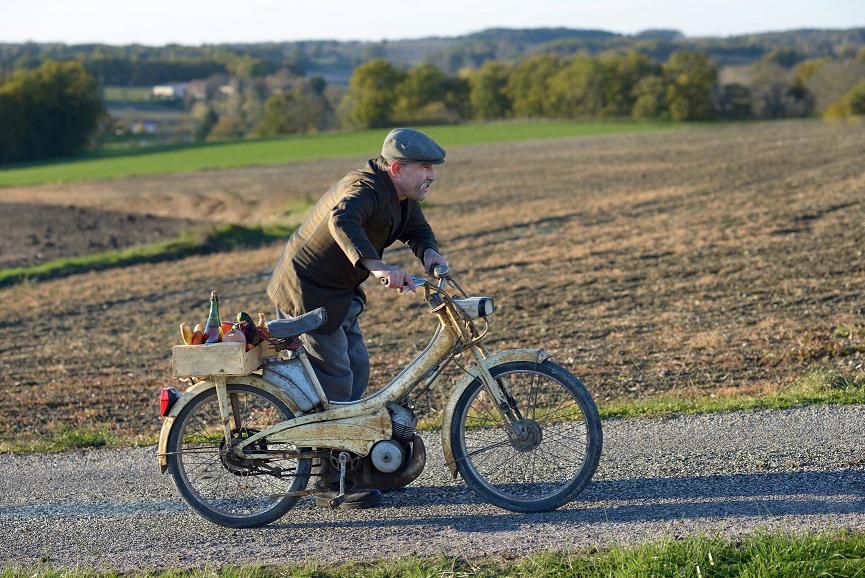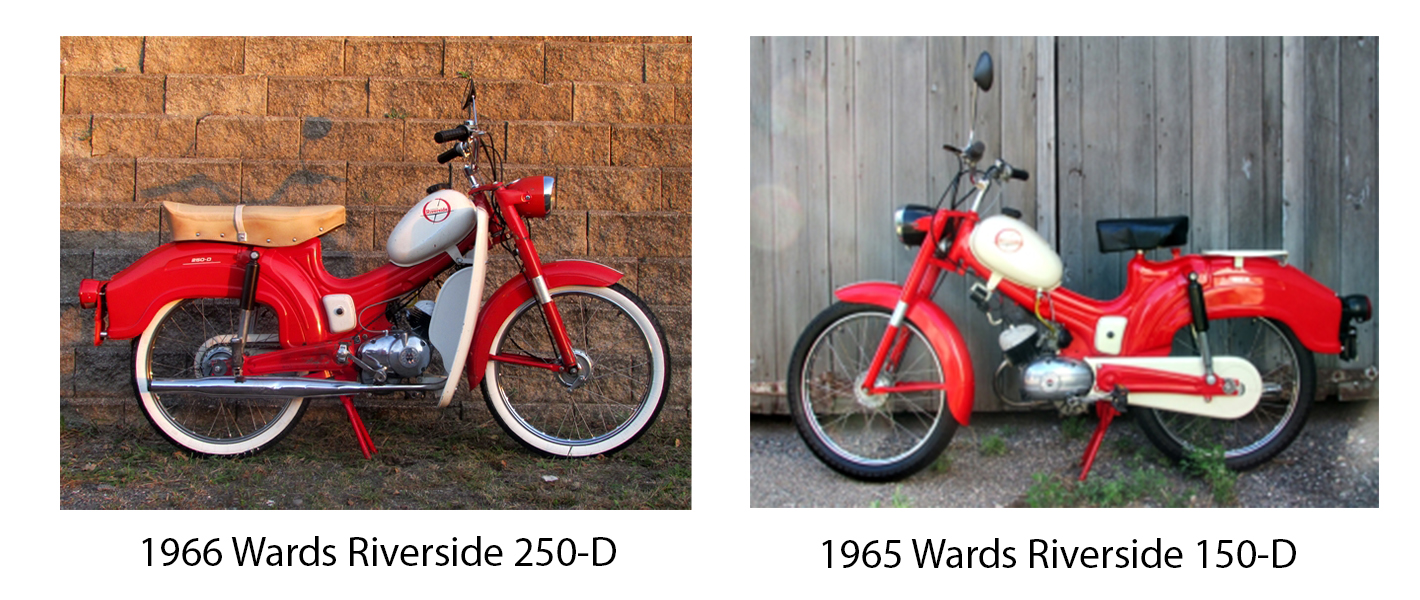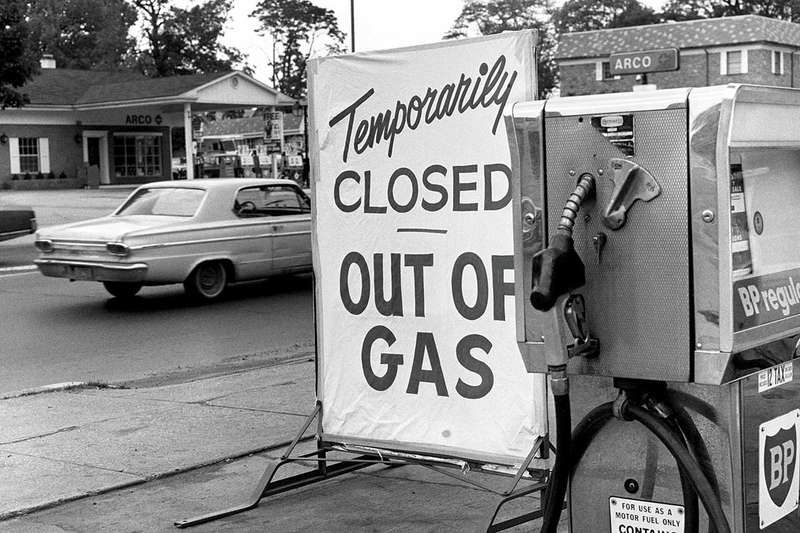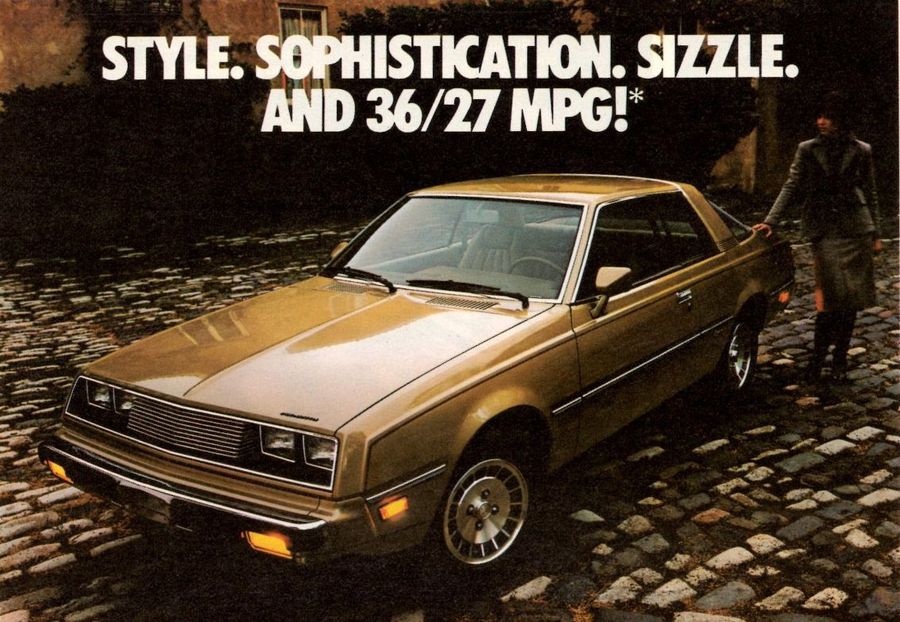|
So, you have been thinking about getting an old vintage 1970’s
pedal moped for some time now, but you are just not quite 100% sure where to
start and you probably have a few basic questions but really don’t know who or where
to turn to for answers. I hope this following information will be of some
benefit before you and provide some answers to your questions. It is best to
start at the beginning with a quick history lesson about pedal mopeds.
First off, what exactly is a moped and are they the same as
a scooter like a Vespa?
Most vintage pedal moped owners will be quick to clarify the
difference. They will tell you that a moped has large wheels like a bicycle, usually
pedaled like a bicycle to start the engine and you ride it like a bicycle or
motorcycle with your feet on the pedals or foot pegs. A scooter normally is
associated with having small wheels, most often surrounded in sheet metal or
plastic body panels, you ride it with your feet placed directly in front of you
and typically you start it with kick lever or built-in electric engine starter.
There is however now a general international
classification of a moped as being any small 2 wheeled motorized vehicle with a
50 cc’s or smaller engine. But for the point of this information, we will refer
to mopeds in the more traditional sense as those with pedals and resembling
more of a bicycle.


Can pedal mopeds be ridden like a bicycle if I run out of
gas?
Technically yes, but realistically no. They can be quite
difficult to pedal. The pedals are really used start the moped in most cases
and a place top put your feet as you are riding it.
Where did pedal mopeds originate?
As Europe struggled to financially right itself after WWII,
desperately needed affordable transportation was exceedingly difficult to come
by. Most people could not afford a cheap motorcycle let alone a car. Like all
great ideas, someone probably found that you could crudely attach a small spare
engine over the top of a bicycle wheel and create your own motor bike. A few
companies like Solex began producing cheap small 2-stroke engine kits
specifically designed to mount to bicycles. Those popular kits inspired
manufacturers to develop fully integrated and ready to ride mopeds using small
lightweight engines. The original mopeds being produced remained simple in
design and free of most accessories and options to keep the cost to the
consumer at a minimum. The mopeds evolved as many, many companies in Europe
began to produce their own versions of the exceedingly popular motorized bikes.
By 1949, French motorcycle manufacturer Motobecane, who was already
building inexpensive single cylinder motorcycles, introduced the first
commercially made moped known as a Mobylette. By the late 1950’s, mopeds could
be found just about everywhere in Europe and were also beginning to show up in
the United States.

When did pedal mopeds start appearing US?
Between the late 50’s and 60’s, most mopeds that were
available in the US were ones that were being sold through large department and
mail order stores like Sears and Montgomery Ward. These stores were selling
re-branded and cosmetically altered European made mopeds like Puch, Benelli and
Motobecane. Sales were minimal at best and really were only being offered by
the retailer to be a full-service product provider for their customers. The
demographics of those who were buying mopeds at this time varied as much as the
different regulations each state imposed. This made it tough for the whole
moped industry to take hold. Many of the early mopeds sold through the retailer
were purchased by folks of all ages in rural communities who used the mopeds to
travel between farms and into town for quick errands. Though the sales were
predictable, both retailers quit selling mopeds by 1970 for lack of sales.

Since most mopeds I see for sale are between 1977 and 1979, was
there a resurgence then?
Yes. In 1975, lobbyists for the industry and manufacturers
were sent to the US and began to lay out to Congress the important benefits of
these low-cost and highly fuel-efficient vehicles with the hopes of creating or
expanding on a market that was barely in existence. The timing could not have been better because
the US was still reeling in the effects of the 1973 oil embargo against it and
how inefficient vehicles greatly contributed to the crisis. The government was
in the mist of creating new fuel consumption regulation within the automobile
industry and was receptive to new ideas on transportation energy savings. As
lobbyists laid out their cause, most states in the US were agreeing to come up
with specific classifications and regulations for mopeds which would allow
manufacturers to produce new mopeds custom tailored to meet the needs of the US
market.

Several moped manufacturers even began to set-up small
networks of dealerships for their machines with the expectation that moped
sales in the US would be jump started with the lobbying effort going on. Sales
of mopeds from Puch and Solex were very meager between 1975 and 1976 and only a
few thousand combined were sold.
By 1977, the moped industry hit a perfect storm of good
luck. The federal government began deregulating what gas suppliers could charge
which drove the price of gas up at the pump. The economy was ailing, there was
high unemployment and inflation was on the move. It did not take a lot to get
people to understand that the newly imported vehicles called mopeds were not
only inexpensive to buy but to operate as well. Low maintenance, high gas
mileage, mild regulation and overall fun made them extremely popular, very
quickly. Young and old alike were
enjoying the thrill of traveling by moped which required no special endorsement
like motorcycles.
With moped sales taking off and expected only to increase,
Montgomery Ward and Sears got back into the action and began selling mopeds
again. Even JC Penney wanted a slice of the market and began to sell mopeds.
There were many reputable European moped manufacturers exporting mopeds to the
United States like Motobecane, Puch, Sachs, Tomos, Peugeot, Garelli, Batavus,
and Derbi. The Japanese motorcycle company Honda also jumped on the bandwagon
and began exporting new models of mopeds to get their share of the exploding US
market. Even the North American company AMF started producing a rear engine
moped. AMF was the only US company to fully manufacture a moped within the United
States.
How long did the moped resurgence last?
By 1980, just a few years after mopeds hit the US with
amazing acceptance and an excellent outlook, the demand for mopeds suddenly
dwindled as fast as they became popular. The reason for their demise varies as
vastly as their rise. Just as mopeds were peaking in sales, automobile
manufacturers started selling low-cost economy cars that were getting good
mileage and at the same time, gas prices were declining. These were not the
only factors but certainly they were major contributors.

Are vintage mopeds still a reliable and economical way to
commute?
Not really! Though they are extremely fun to own, ride, maintain
and customize, they are still crudely manufactured by today’s standards and
take a lot of maintenance to keep them on the road. They suffer from poor
lighting and other safety features. Most never came with turn signals either so
riders need to use hand signals. The maintenance is basic and anyone with a
slight bit of a mechanical aptitude can easily keep them running and rideable, however,
they are a poor choice if someone is looking for cheap and reliable
transportation. A more modern scooter with fuel injection and electric start would
be a far better choice.
If they are a poor choice for commuting, why are vintage
mopeds so popular again?
Because they are extremely fun to ride as a hobby! Most
people who acquire a moped for the first time end up owning several. There are
few things as enjoyable as riding with your friends in a group on vintage
mopeds.
So how much does a vintage moped cost?
Currently, most basic running and complete vintage mopeds are selling between $700 and $1200 but that truly changes every 12 months and is also seasonal especially in colder climates where the first sign on Spring after a long Winter can send both the demand and prices very high. Mopeds values are worth whatever the market has determined
them to be worth and not a penny more or a penny less. The only thing that is
certain about moped values is that the market value is different depending on
what region they are being purchased or sold in. You will find that in large
metropolitan areas like San Francisco or New York, the value of a vintage moped
could easily be double in comparison to smaller Midwest cities like Kansas
City, Des Moines or Minneapolis for the exact same bike. Average higher
incomes, higher demand, and fewer surviving mopeds available in coastal cities
all certainly play a major part in placing a value on a moped. In Midwestern
and northern US states, mopeds were put away in garages, sheds, and barns as
soon as the first sign of winter appeared and remained there for 6 months. In
areas along the southern Pacific and Atlantic coasts, mopeds tended to be
ridden much longer during the year and spent much more time in the salty air
resulting in less quality preserved machines. Rarity of certain models in
certain regions of the US also plays into determining values and can offset
regional price differences. A desirable, clean, and original Derbi or Peugeot
top-tank moped could bring upwards of $3500.00 in San Francisco where many were
originally sold but few survived. Very few ever made it into Midwestern
dealerships so that same moped in Milwaukee could still garner that amount even
though that city traditionally sees lower values. Different regulations and laws that each
state sets also helps determines value as well. A non-titled moped in Iowa is
worth far less than an untitled moped in a state that does not require titles
like South Dakota. So, do some research and watch the ads in your area. We cannot
possibly tell you what every moped value is in every state, and neither could
anyone else. The following is just an educated opinion and is based solely on
our own experiences in the Upper Midwest region of the United States and
includes North and South Dakota, Iowa, Nebraska, Minnesota, Illinois,
Wisconsin, and Michigan.
What should I consider when looking for my first moped?
Here are a few tips we hope will help you find your first
vintage pedal moped:
- Study and Research about vintage mopeds all that you can.
They are not for everybody. You need to fully understand that riding, owning,
and maintaining a vintage 2 stroke moped is the same as riding or owning a
modern 4 stroke scooter.
- Watch Craigslist and FB Marketplace and be prepared to buy
immediately. The best moped deals are gone within hours or even minutes so you
will have to be ready to scoop it up or someone else will.
- Do not get attached to a moped before you purchase it. You
will probably pay too much.
- Be prepared but be patient. There will almost always be
mopeds for sale. Do not feel that if you do not buy a certain moped that there
will never be another one for sale.
- Talk to local moped club members. They know where a lot of
the mopeds that are available are or who to purchase from.
- Do not buy a non-running moped. You have no idea what it
will cost to repair.
- Avoid moped flippers. These are people who buy a moped off
Craigslist and turn around the next day and re-list it for more money. It does
not mean that it could not be a great deal but the person selling it has no
real connection to it and knows nothing of its history other than what they
were told. They are just looking to make a quick buck.
- Do not buy a moped off eBay. You need to be able to see,
feel and ride it first. Pictures can be very deceiving.
- A good used running and tuned moped that is complete and in
original and unmodified condition should not cost more than $900.00 if the
tires are good. If the tires are original and need to be replaced, subtract
$100.00. If the engine needs a tune up,
subtract another $100.00.
- The best first 1st moped is a Puch Maxi with single speed
E50 engine. Other mopeds to consider would be a Honda PA50II Hobbit, any
Piaggio/Vespa moped, any Italian moped with a Minarelli V1 engine or any moped
with a Sachs engine. Repair and performance parts are readily available for all
of these.
- Mopeds to avoid for first timers are anything with a 2-speed
automatic engine including Puch, Kreidler and Tomos mopeds. Other higher
maintenance machines like Motobecane 40 and 50V’s, Batavus Regencies and
Peugeot mopeds should also be avoided. These are all excellent machines but
probably not the best for first timers. These would be highly recommended as
your second or third moped. You will eventually own around 9 of them on
average!
- Do not buy a rear engine AMF moped, period.
- Avoid Japanese no-peds like Honda Expresses, Yamaha QT50’s
and Suzuki FA50’s. These are the small bikes that are the predecessor to the
current scooters and have foot pegs for your feet and no pedals. They are
technologically advanced and great bikes but have too complicated of electrical
systems for the average person to repair themselves. And besides, real mopeds
have pedals!
- Be prepared to travel an hour or so if you can to purchase a
good moped. It will be worth it many times over in the long run.
- What things should I observe when I am when looking at or
negotiating a moped to buy?
- Cosmetic condition. This tells quite a bit about how a bike
has been taken care of and stored over the last 30 or so years.
- Use a small flashlight to inspect inside the fuel tank for
rust.
- Twist the throttle and squeeze the brake levers. Everything
should be free and work.
- Pedal the moped or spin the wheels with your hand. Wheels
should not have any wobble to them.
- Inspect the exhaust and make sure it is not rusted through
anywhere.
- Look for gas leaks at the carb or shut-off valve (petcock).
- Ride the moped and squeeze the brakes. It should stop
without squealing. If you hear loud squealing, the brake pads have become too
hard over time and will need to be replaced or conditioned.
- Have the seller demonstrate that the headlight, brake light
and taillight all work. If the bulbs are burned out there is a reason for it. Often
the generator system (magneto) is putting out too much voltage and replacing
the bulbs will not cure it, they will just keep blowing. Magnetos can be
expensive to repair by an hourly rate shop.
- Mopeds that have original tires from the 70’s or early 80’s
need to have new ones installed without exception. It is a safety thing.
- Inspect the title. Do not take the sellers word for it that
it has a clear and transferable title. If it were filled out in someone else’s name
or has errors on it that were changed or crossed out, you could have a
difficult time ever registering it.
- A lot of mopeds being sold do not have a title for various
reasons. Make sure you know the laws in your state regarding mopeds, titles and
obtaining new ones.
- A few other things you may want to consider and study up on
before buying a moped
- Some French manufactures like Peugeot and Motobecane mainly
built and sold their own Mopeds under their own name with little re-branding.
Highest quality of all bikes but also require the most maintenance expense.
- Other European manufacturers like Vespa/Piaggio, Batavus,
Derbi, Kreidler, Tomos, and Garelli built and sold bikes under their own name.
- Most Puch mopeds were sold under their own name with their
own engines, but they also licensed and allowed major retailers like J.C.
Penney (Pinto/Swinger) and Sears (Free Spirit) along with bicycle company Murray
to sell their own versions but with different frame modifications and other
parts. Though these bikes look different, almost all the parts were the same
ones that were used in the Puch models and are interchangeable. These are all
excellent all-around good bikes for the value.
- Many Italian mopeds were just heavily re-branded with many,
many different names for essentially the same bike. Manufacturers basically
purchased frames, engines, wheels, and controls and assembled them with only
subtle differences like paint and decals. Most Italian mopeds came with either
a Morini or Minarelli single speed engine and used one of about 6 frame
designs. Do not get too caught up in the name of the moped because it has little
to do with the value or performance.
- The following is just a partial list of some of these generic
Italian mopeds:
Aprilia Aspes Atala Baretta Beta Bianchi Bimotor
B.M. Casalini C.F. Chiordo Cimatti, Cimatti City Bike Everton Fantic Motor
F.M.B. Gabbiano Gadabout Gazelle General 5-Star Gerosa Gimk Gitan Gitane
Giulietta Gloria Intramotor Italjet Legnano Malanca M.B. Milani Mebea Mondial
Moto Bimm Moto Gori Motomarina Motron MZV Oemmeci Omer Otus Pacer Peripoli
Power Rieju Rocvale Romeo Safari Sulky Technomoto Testi Torpado Yankee Peddler
AIM, Aprilia, Arciero, Bianchi, B.M., Chiorda, Cimatti, Cosmo, D.M.T., Gloria
Intramotor, Italjet, Italtelai, Italmotri, Italvelo, Itom, Lazer, Lem,
Malaguti, Monark (MCB) , Motomarina (Motobecane), Moto Gori, Moto Meteora,
Moto
Müller, Moto Villa, Negrini, NVT, Omer, Oscar, Pacer, Peripoli, Rivara, S.W.M.,
Scalambra, Scorpion, Tecnomot
|